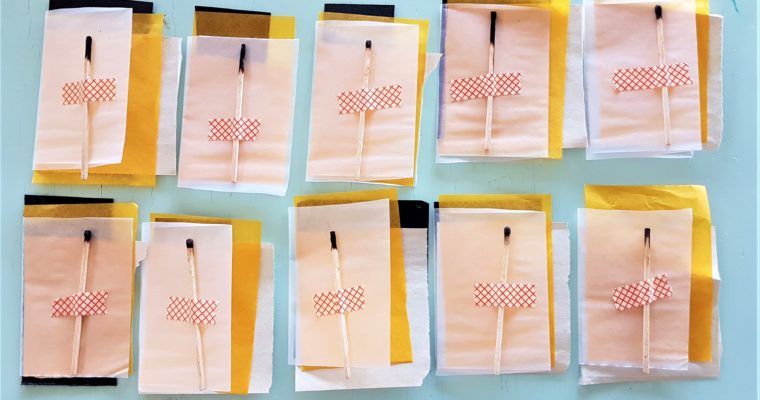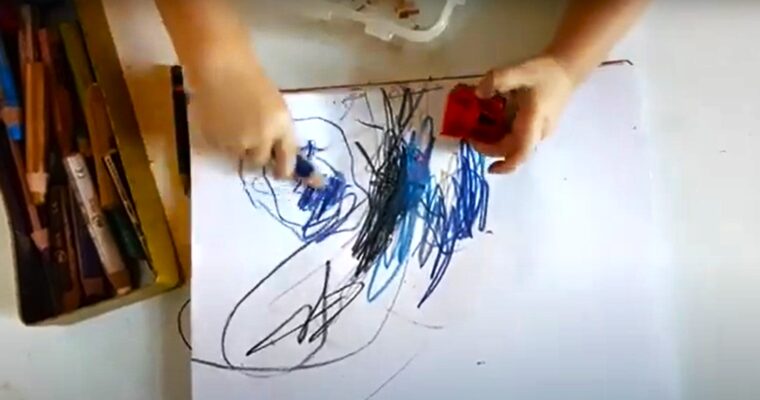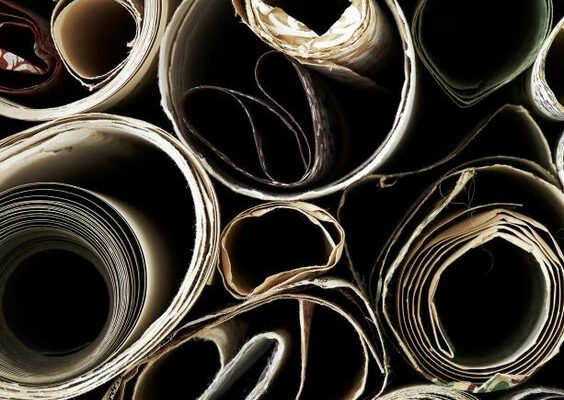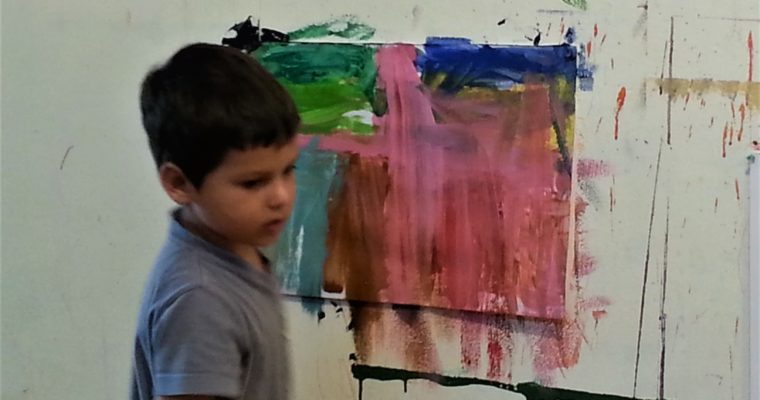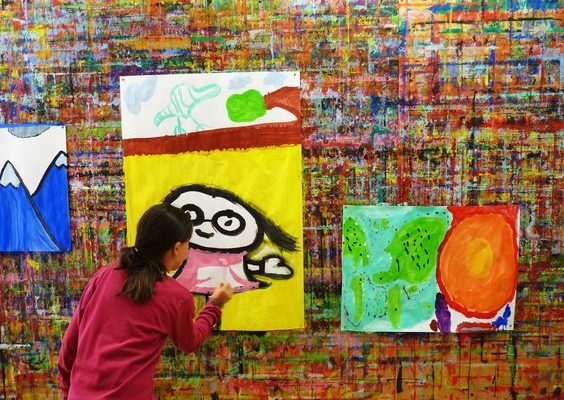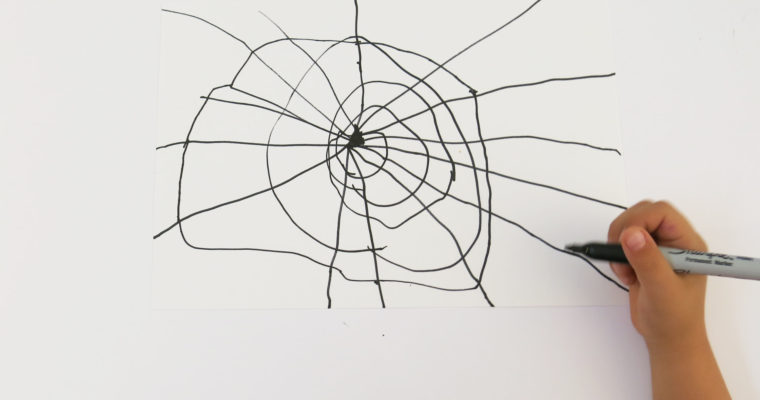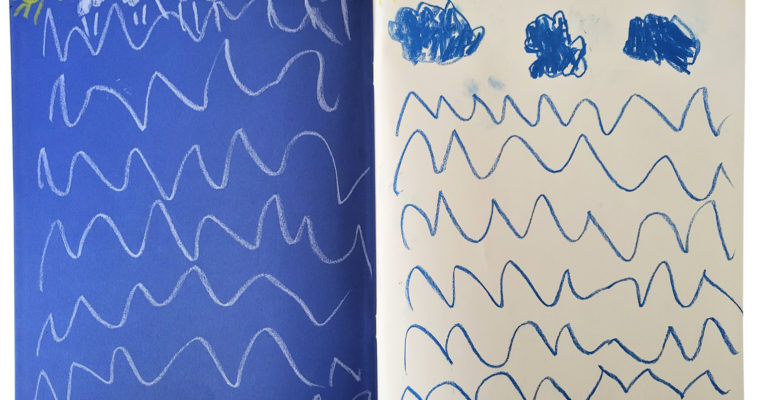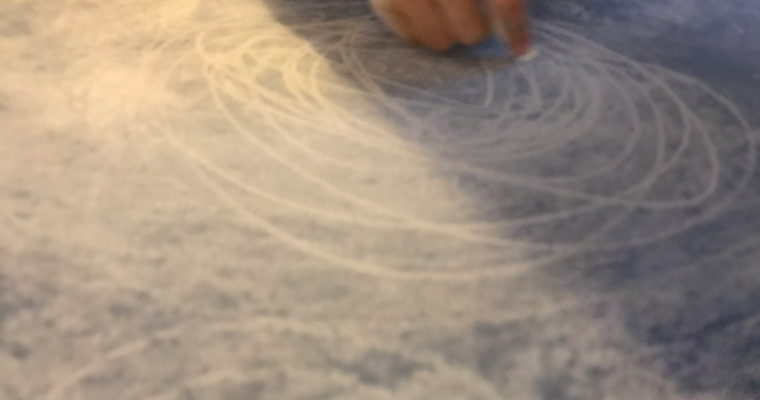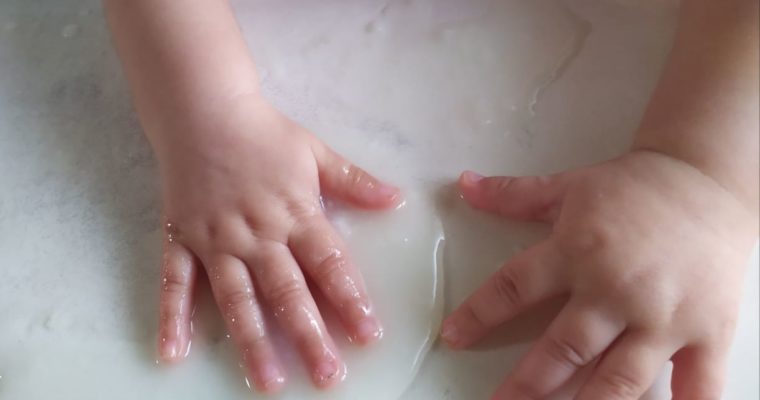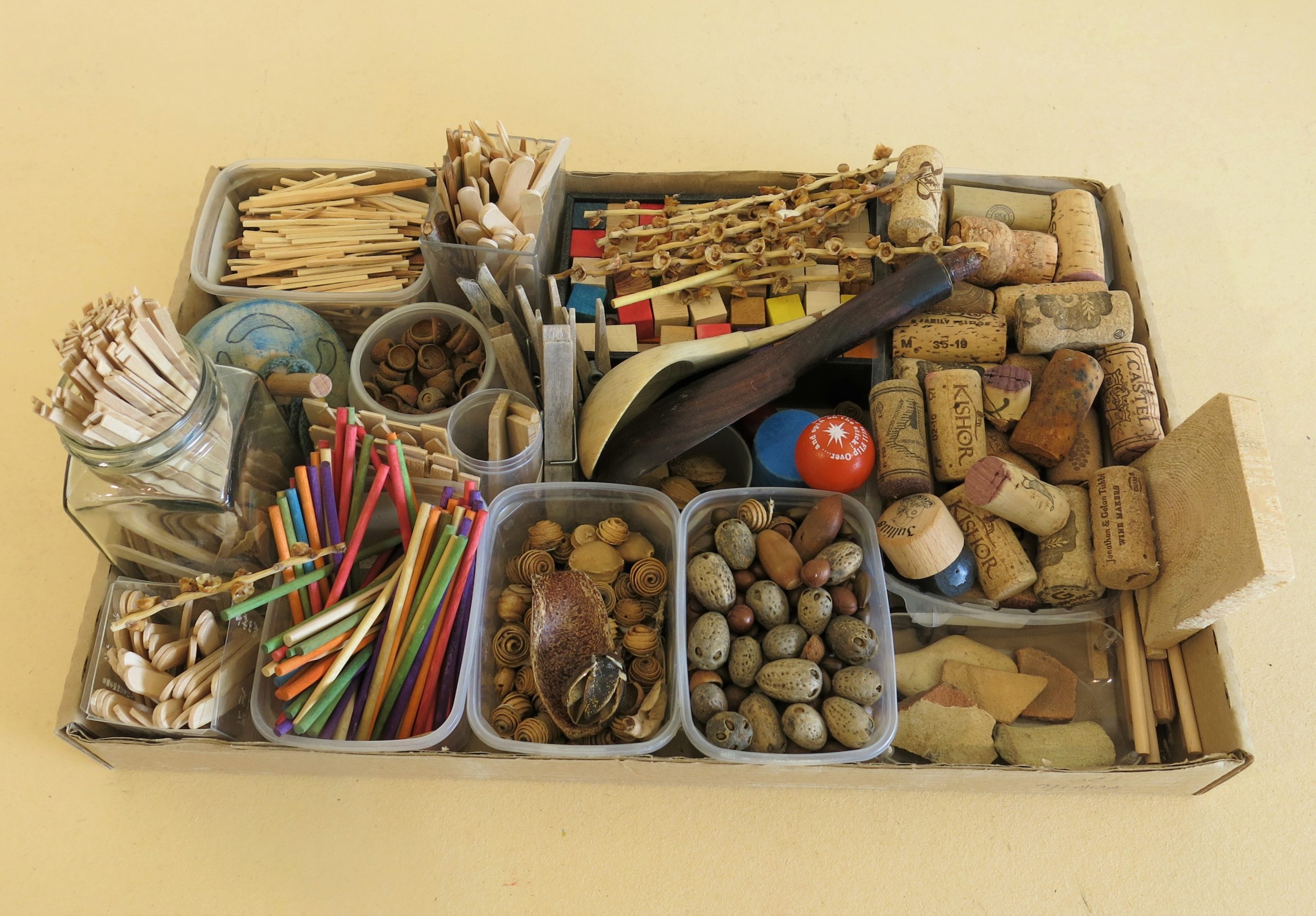Opening Envelopes
Here is a wonderful, joyful process to begin an art therapy group, a teachers’ meeting, and even a family gathering. If you wish to introduce art-making as a language of communication from the very beginning in any group, this suggestion is for you. We begin our …
